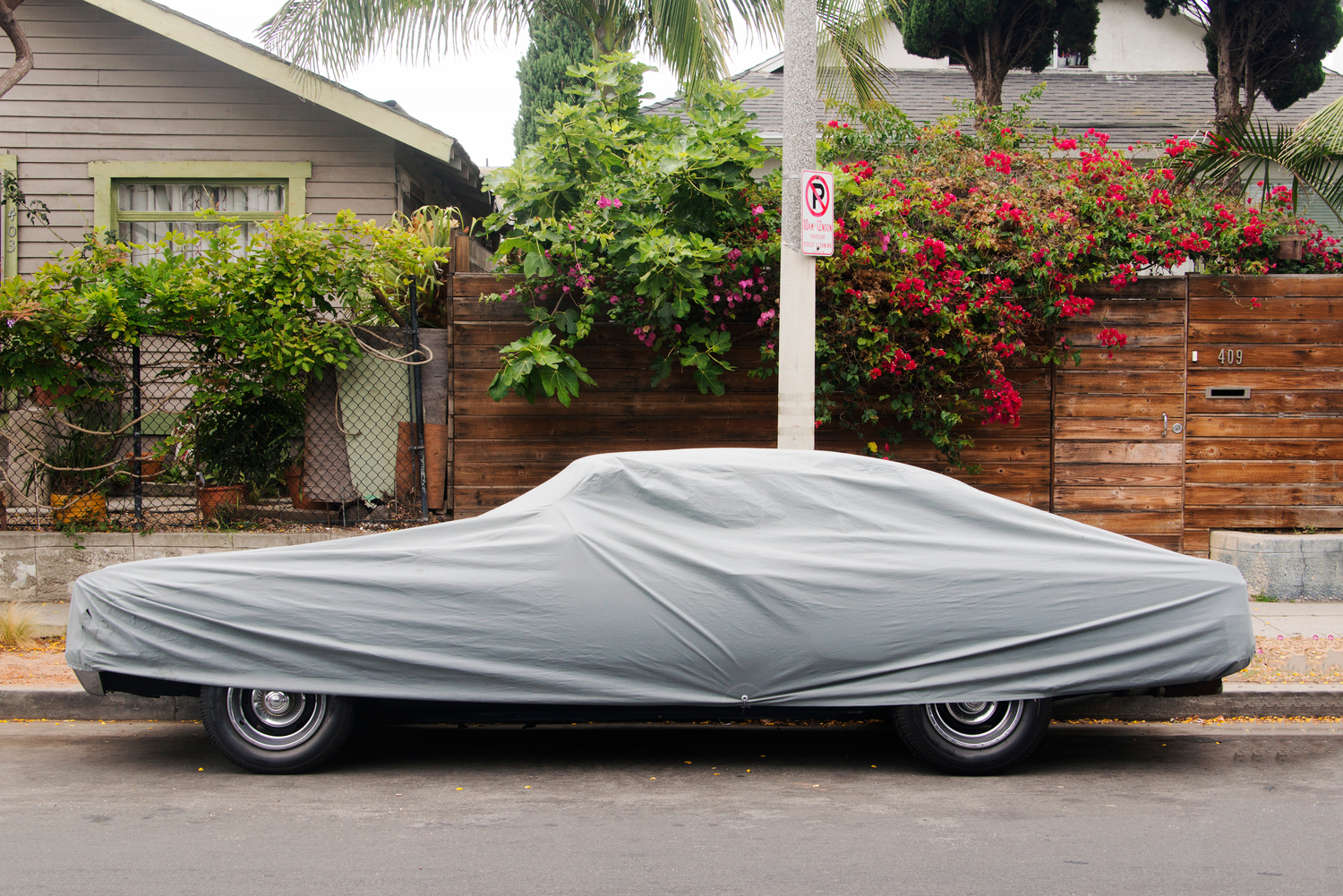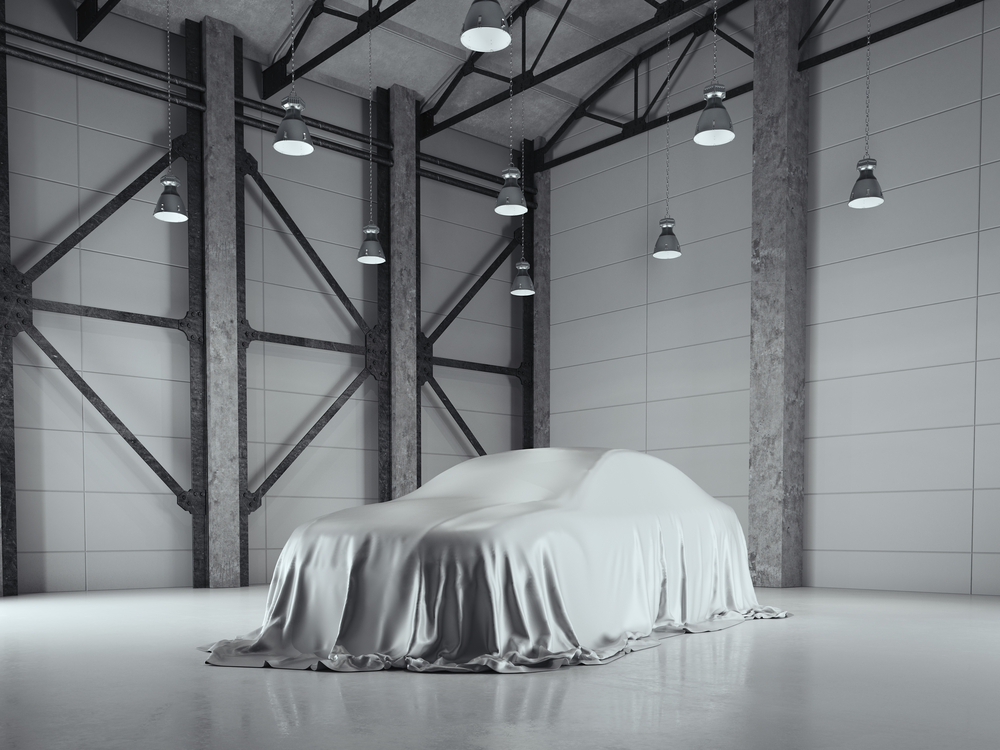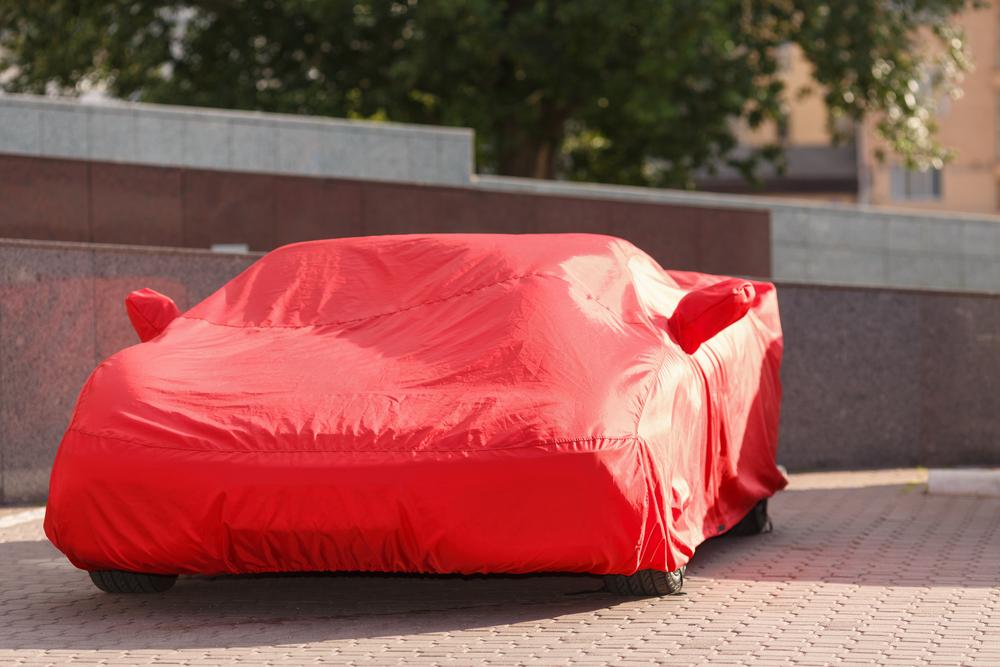Essential Tips for Selecting the Right Car Cover for Your Vehicle
Learn essential tips for choosing the ideal car cover to protect your vehicle from environmental damage. Discover different cover types, protective features, and proper maintenance techniques to ensure long-lasting vehicle care tailored to your climate and parking environment.
Essential Tips for Selecting the Right Car Cover for Your Vehicle
How to Choose the Perfect Car Cover
Protecting your vehicle’s appearance and condition involves selecting an appropriate car cover. Factors like your vehicle type, climate, budget, and whether it's parked indoors or outdoors are critical. Gathering accurate insights makes the decision easier. This guide shares key advice to help you find the best car cover tailored to your needs.

Types of car covers to consider
Common options include waterproof, water-resistant, and cotton covers, each ideal for specific environments. Waterproof and water-resistant covers are suitable for outdoor conditions, shielding against rain and snow, while cotton covers work well indoors, such as in garages.
Indoor covers are more breathable, reducing moisture buildup and heat retention. Outdoor covers can sometimes be used indoors for added protection.
Achieving full vehicle protection
Opt for a cover that fully encloses your vehicle to guard against UV rays, dust, and environmental pollutants.
Accurately measure your vehicle before purchasing and select products with warranties. A high-quality cover should last beyond seven years, reducing maintenance expenses over time.
Choosing the right thickness and features
Assess your vehicle’s specific threats, like UV damage or moisture, and select a cover that addresses these issues.
Heavier, rugged covers are better suited for extreme weather, providing enhanced durability and lifespan.
Breathable vs. waterproof covers: Which is better?
Breathable covers allow moisture to escape, preventing rust and corrosion.
Waterproof covers can trap humidity, risking mold and paint damage. They are beneficial in certain climates but require regular maintenance.
Maintaining and storing your car cover correctly
Store your cover in a clean, dry bag when not in use to extend its lifespan.
Clean the cover periodically to remove dirt and dust that could damage your vehicle’s surface.
Use locks or cables to secure the cover, especially if it’s personalized or new.
In summary, select a cover that fits your vehicle properly and aligns with your climate conditions for the best protection.


